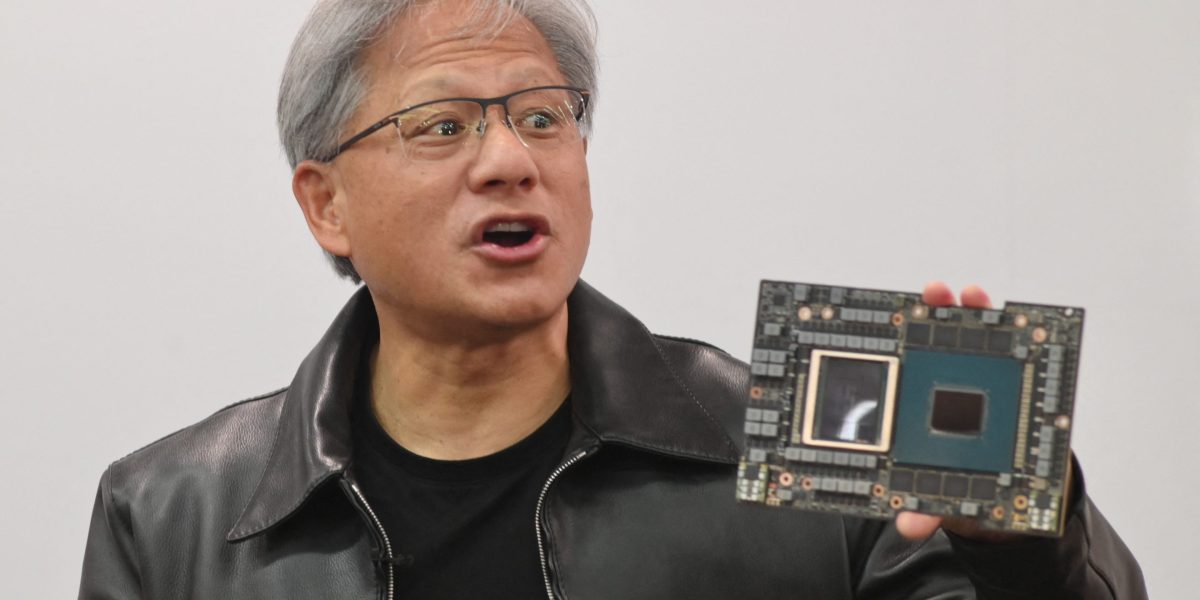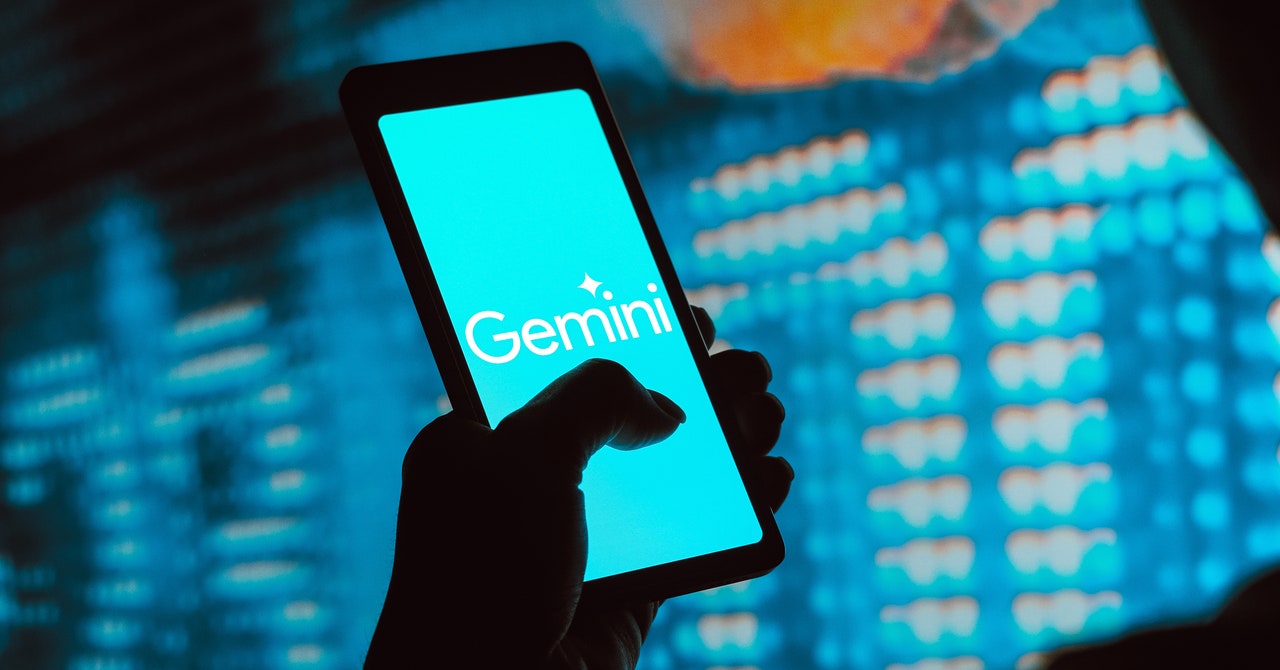Jensen Huang, the CEO and co-founder of Nvidia, a prominent semiconductor company that has made a significant impact on the global stock market, played a pivotal role in the emergence of the current AI era.
Huang’s involvement in shaping the AI landscape was evident in August 2016 when he generously donated a cutting-edge supercomputer tailored for AI tasks to OpenAI, a newly established non-profit organization. At that time, OpenAI was under the leadership of co-founder Elon Musk, before his departure due to disagreements with the current CEO, Sam Altman.
During an interview at the New York Times Dealbook Summit in November, Huang reminisced about delivering the world’s first AI supercomputer to Musk. This revolutionary DGX supercomputer, weighing 70 pounds and comprising 35,000 components, was a product of five years of dedicated effort by Huang and his team. The DGX, a groundbreaking innovation, has now become ubiquitous worldwide.
Musk and Huang share an amicable relationship, with Musk praising Huang as “awesome” during an interview at the same conference. To commemorate the milestone collaboration between Nvidia and OpenAI, Huang autographed the supercomputer with a message that read, “To Elon and the OpenAI Team! To the future of computing and humanity. I present you the world’s first DGX-1!”
Musk’s founding of OpenAI stemmed from concerns about tech giants monopolizing AI advancements through talent and computing power hoarding. This mission resonated with Huang, who believed in the importance of fostering open AI research. The DGX supercomputer significantly expedited OpenAI’s research endeavors, enabling them to conduct experiments that were previously unfeasible due to computational limitations.
The DGX’s impact extended to the development of generative AI tools, including the foundational technologies behind ChatGPT, which propelled AI and OpenAI into the mainstream. The collaboration between OpenAI and Nvidia, as highlighted by OpenAI researcher Andrej Karpathy, focused on leveraging the DGX for large language models, paving the way for human-like interactions with computers.
Nvidia’s DGX, introduced in April 2016, was among the pioneering supercomputers globally, boasting the computational power equivalent to 250 servers in a single unit. The surge in AI applications bolstered the demand for Nvidia’s supercomputers, chips, and software across the tech industry, evident in the company’s impressive financial performance.
Huang’s strategic foresight in positioning Nvidia as a leader in the impending AI revolution has proven fruitful, with the company’s stock price soaring from \(15 a share in August 2016 to \)779 a share. This remarkable growth underscores the successful navigation of Nvidia in the dynamic tech landscape.
For more insights on the evolving role of AI in business, subscribe to the Eye on AI newsletter for valuable updates and analysis. Sign up today for free to stay informed about the transformative impact of AI technologies.










